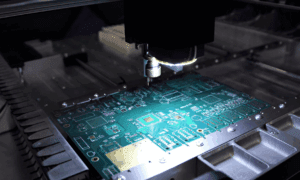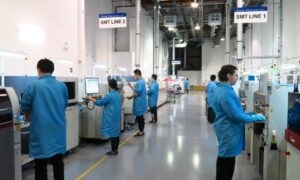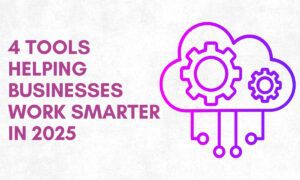PCB Assembly: The Hidden Gem of Electronics
When we talk about modern electronics, there’s a hero that often remains unsung. A backbone that holds the various components together, both literally and metaphorically. It’s called the PCB Assembly. But what exactly is it? Well, by the end of this blog, even an 11-year-old will be able to explain it!
The Basics of PCB Assembly
What is PCB?
At its core, PCB stands for Printed Circuit Board. Imagine it as a canvas where electronic tales are painted. It’s a board that holds and connects different electronic components.
But what makes it “assembled”?
Good question! When electronic components like resistors, capacitors, and integrated circuits are soldered onto this board, it transforms from just a PCB to a ‘PCB Assembly‘. Think of it like adding toppings on a pizza base; the base remains integral, but it’s the toppings that add the flavor!
Why is it Important?
Every gadget you cherish, be it your smartphone or that gaming console you spend hours on, boasts a PCB Assembly. It’s the bridge ensuring all components communicate seamlessly. Without it, well, things just wouldn’t work.
Now, to give you a clear picture, let’s see how a PCB becomes a fully assembled hero.
The Steps Involved in PCB Assembly: A Look Behind the Scenes
- Designing the Blueprint: Before anything starts, there’s a design. Just like architects sketch a blueprint for houses, engineers design a layout for PCBs. Websites like 7pcb.com provide insight into this intricate yet fascinating process.
- Getting the Board Ready: With the design in hand, the actual PCB is produced. It’s crafted with multiple layers, each serving a purpose, ensuring the electronics will function smoothly.
- Placing the Components: Once the board is prepped, it’s time to place the components. This can be done manually (by skilled workers) or through machines.
- Soldering: After placing, components are soldered to make sure they stay put. And not just that, soldering also ensures they connect properly with the board’s circuits.
- Inspection: Once everything’s in place, it’s crucial to inspect. This step ensures no errors have crept in. Even a tiny mistake can result in the entire board malfunctioning.
- Testing: The final piece of the puzzle. The assembled PCB is tested to ensure it works as intended.
How PCB Assembly Impacts Our Lives
You might wonder, Alright, PCB Assembly seems cool. But why should I care?
Well, think of every electronic device you’ve ever used. That’s right! Each one of them likely has a PCB Assembly at its heart, making everything function. From the alarm clock waking you up, to the microwave heating your food, to the phone connecting you with loved ones – PCB Assembly plays a role in almost every corner of our modern lives.
Decoding the PCB Assembly Jargon
Now, if you ever decide to deep dive into the world of PCB Assembly, you might come across terms that sound a bit technical. Don’t worry! Let’s demystify some for you:
SMT (Surface Mount Technology): A method where components are mounted directly onto the PCB’s surface.
PTH (Plated Through-Hole): Involves creating holes in the PCB so components can be placed through them.
Gerber Files: The universal PCB design files that manufacturers need to produce the board.
BOM (Bill of Materials): A list detailing every component needed for the assembly. Think of it as an ingredients list for your favorite dish.
Remember, these terms might sound complex, but with a little time and patience, they’ll become as familiar as the gadgets you use daily!
Wrapping it Up
With electronics enveloping our lives more than ever, understanding the basics of how they work can be empowering. PCB Assembly, though behind the scenes, plays a pivotal role in making our devices function seamlessly. So, the next time you use your phone or play a game, remember the unsung hero ensuring everything works just right.



































